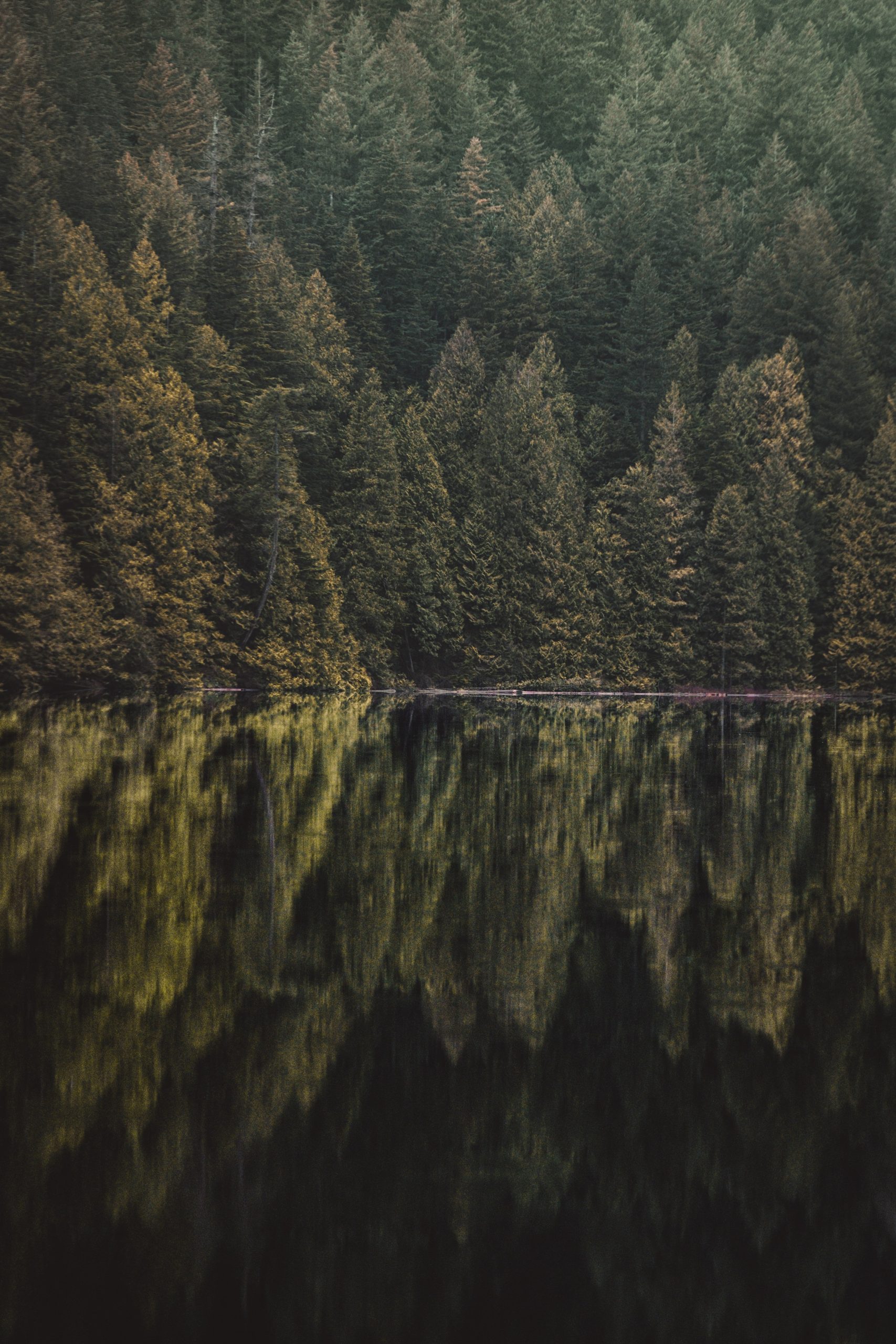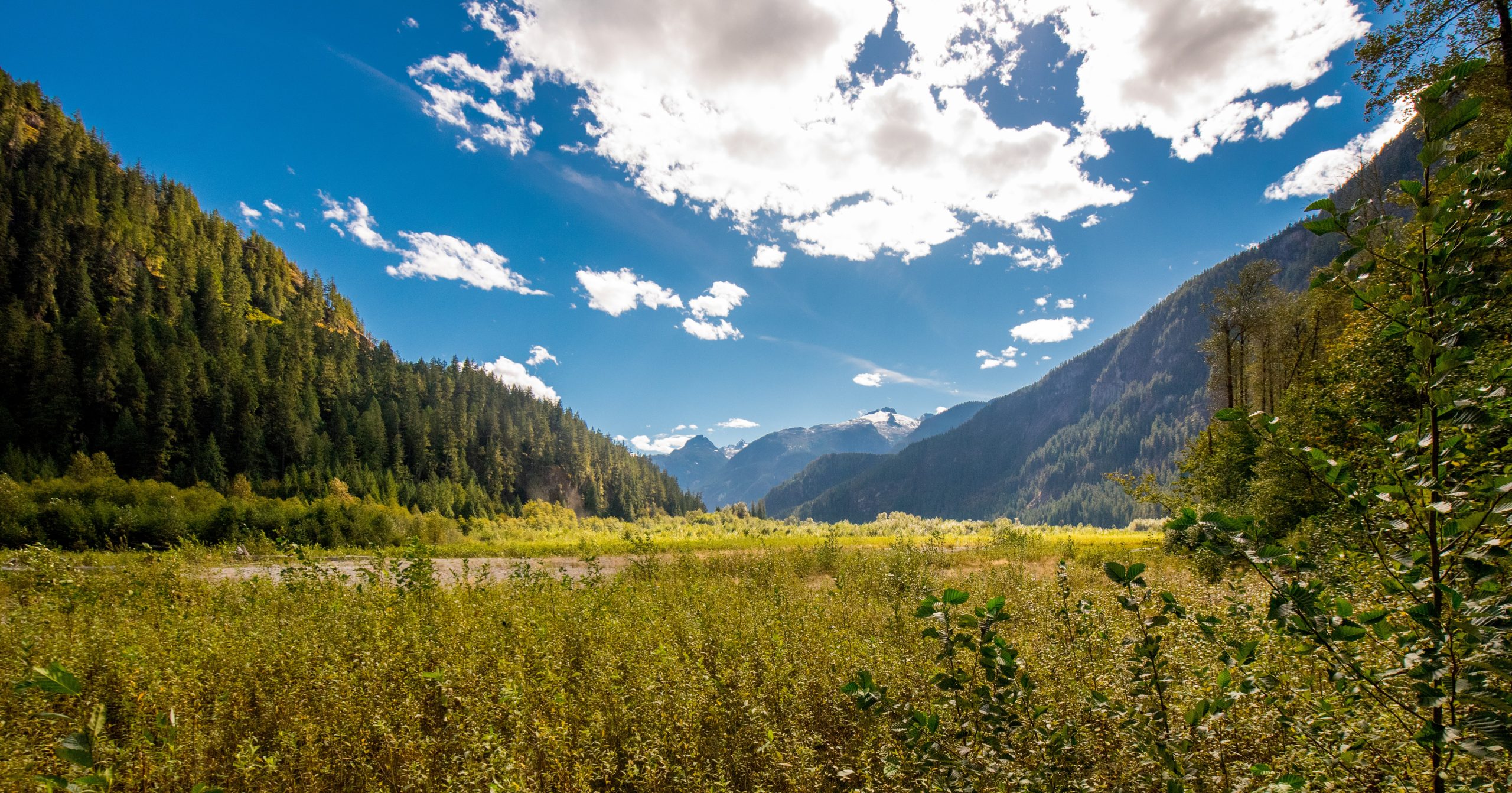Our Current Disconnected Relationship With Nature

In today’s Western society, where populations are concentrated in primarily urban, industrialized settings, we have seemingly lost our sense of having rich relationships with other species and the natural ecosystems of Earth. Until the development of agriculture and the domestication of plants and animals, humans lived in intimate connection with the surrounding natural world.1 Agriculture began nearly 12,000 years ago and its development has considerably changed society, prompting a shift from the traditional nomadic hunter-gatherer lifestyle to constant settlement and a dependable food sources. Agriculture-enabled permanent establishments led to cities, and subsequently, the global population increased exponentially. As farming has expanded to meet demand, humans have begun to perceive themselves as separate from the rest of nature, leading to the control and commodification of our natural environment.
While there is a general consensus that we are, in many ways, dependent on and connected to the natural world, most people tend to lead lives cut off from nature. The spaces occupied by today’s society have changed from spending lots of time outdoors to spending time nearly entirely indoors. In 2014, it was found that Canadians spent only 6% of their days outside.2 This physical separation from nature paired with destructive human activities related to industrialization and the extraction of natural resources have resulted in catastrophic effects on Earth’s ecosystems upon which humans and animals depend. The current environmental crisis, largely caused by anthropocentric climate change, is affecting all life on Earth and consequently, the lives of future generations.
It is important to highlight the world views and cultures that frame human’s relationship with the natural world more holistically. Specifically, Indigenous beliefs and practices surrounding the human-nature relationship. This approach is characterized by a far greater appreciation and respect for reciprocity rather than exploitation of the land on which we live. Later sections of this chapter will explore this in greater detail.

Humans tend to be drawn to nature and other living systems, despite our growing disconnection from the natural world. The biophilia hypothesis, first introduced by Edward Wilson in 1984, suggests that humans have an innate, genetically-based tendency to affiliate with other forms of life.3 This can be seen in the results of a survey of 1000+ Canadians, where 87% agreed that they feel happier when more connected to nature.4 Moreover, 85% of the respondents expressed concern that their future children or grandchildren will not enjoy the green spaces we experience today.4 Ironically, while we shelter our lives from nature, there is a growing desire to bring nature indoors to our daily lives through having house plants or home gardens. Emerging research shows that active interaction with interior flora can reduce physiological and psychological stress.5
Blaine Grinder discusses how we would want to be remembered in the face of climate change and a collective respect for the land that Indigenous populations hold (0:53)
Are we a Part of Nature, or are we Apart from Nature?
How we answer this question dictates the ways in which we see and interact with the world. If we answer that we see ourselves apart from nature, we see nature as the “other.” We do not implicitly need to consider nature as something that we are connected to or required to understand and engage with within the bounds of a reciprocal relationship. With this perspective, we are inclined to see ourselves as above nature, using it for our own means without worrying about the harmful consequences of our actions. The separation between humans and nature makes it increasingly challenging for us to empathize with nature. The result is a lack of consideration, connection, and a reciprocal relationship with nature.
On the contrary, if we prescribe fundamental human connection to nature by viewing ourselves as a part of nature, we are no longer a separate entity but a species among others in the natural world’s broader ecosystem. With an understanding that humans and nature are part of one system, we acknowledge that when we damage nature, we, in turn, harm ourselves.
Just as this nuance shapes our worldview, this chapter will explore the cultural values that are key influencers of an individual’s beliefs, shaping social behaviours, including pro-environmental practices. This growing research field demonstrates how a connection with nature contributes to physical, emotional, mental, and spiritual wellness.6,7 Along with improved well-being and health, time in nature has also been associated with pro-environmental attitudes and practices.8
This chapter seeks to understand how humans may interact with all ecosystems of Earth and how we can re-engage with nature, especially in the face of rapidly accelerating climate change. Drawing on Indigenous knowledge and Ways of Knowing, this chapter seeks to explore how we can, individually and collectively, move forward in more balanced and respectful ways. This chapter presents the mounting evidence that nature benefits health and well-being. Practical strategies are offered for re-engaging on different levels of social organization, including individuals, communities, and society. Finally, we posit that rural be used as a model in our re-connection with nature and explore what urban can learn from rural surrounding respectful engagement and a stronger connection to nature.
Elyse Tsang shares how her connection to nature plays a role in her day-to-day life (1:01)

